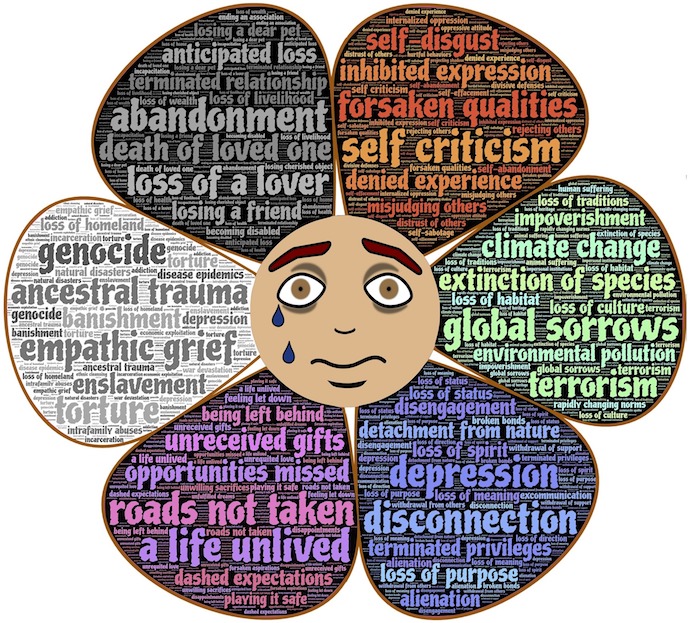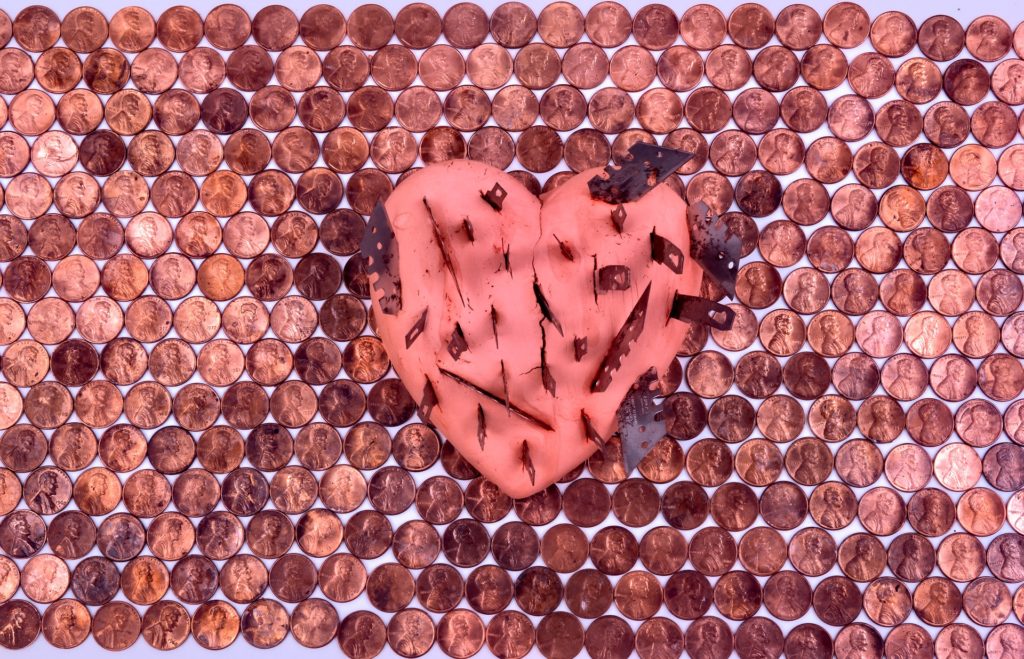There is a growing body of research – and concern – about the effects of watching traumatic imagery. Those organisations that regularly handle traumatic imagery have a duty of care to protect their staff from the negative consequences of repeatedly viewing this kind of material.
This post is written by a member from our partner organisation Videre, who wishes to be anonymous.
I work for an organisation that supports human rights defenders in their endeavours to gather video evidence of human rights violations. Evidence gathered from places that others cannot or will not go.
I was editing footage from a massacre. It needed to happen quickly – our evidence was unique and crucial and we needed to get it out to other stakeholders fast. I don’t normally edit day-to-day but we were low on capacity and it landed on my desk. I spent two days cutting and splicing, frame by frame; dead men, women and children piling up on the screen. I went into auto-pilot: charred bodies, severed limbs. They ceased to be human. I needed not to think of their lost hopes and dreams. And for two days I edited. Headphones stuck deep in my ears. The sound of desperate cries crashing around my head. It was done and I hadn’t shed a tear. The result- I pressed send and went back to my usual work*.
And then, I started sleeping badly – waking in the night, bad dreams. I was distracted at work. It all felt so futile. A couple of weeks later, I was out walking with my partner and I started to cry.
As technology changes, so too does our understanding of the world. We can witness the lives of others – in all their horror and delight – in HD and technicolour. In my sector – human rights – you no longer need to travel to the ‘field’ in order to experience it. Indeed, many who are in the business of handling visual evidence see horrific imagery back to back and over and over again (in order to verify it). The Eyewitness Media Hub has termed this reality ‘the digital frontline’. Those who work on it are often the gatekeepers – assessing what is too extreme for public consumption and editing as necessary.
There is a growing body of research – and concern – about the effects of watching traumatic imagery. There are a couple of great resources that include guidance and tips for how to reduce the impact of this necessary work. Rather than copy and paste the guidance here – please follow the links below:
The first is from the Dart Centre for Journalism and Traum, a (a project of Colombia Journalism School). The second is from the Eyewitness Media Hub– a group supporting the creation, discovery, verification and publication of eyewitness media
I really recommend you check them out. At Videre, we’re starting to institute some of this guidance into our workflow and my colleagues have been receptive.
I believe that those organisations that regularly handle traumatic imagery have a duty of care to protect their staff from the negative consequences of repeatedly viewing this kind of material. Appropriate policies and procedures need to be instituted. But, more than any policy change, this needs to be about culture change. We need to create and hold spaces to talk about the way this work affects us. It is ok to be sad. It is not a sign of cowardice to want to look away. Intrusive recollections – re-seeing traumatic images one has been working with – are not unusual.

The word trauma is emotive – and I don’t for a minute want to suggest that everyone who works with this kind of visual evidence necessarily ends up traumatised. I think there is a spectrum – at one end is compassion fatigue, at the other post-traumatic stress disorder. And a whole load of grey in between.
I’ve made it a bit of a personal crusade to talk about this whenever possible and to admit that sometimes my work makes me cry. I recently ran a short workshop at the Global Voices Summit in Sri Lanka where I created a space to talk about secondary trauma and the impact of this type of work. It was packed. And for the next two days, I was approached by people wanting to talk – to share experiences and tools; hugs and gratitude (for putting trauma on the agenda).
In short, there is much work to do and plenty of people eager to learn more. If we are to build a workforce with the resilience to deal regularly and effectively with traumatic imagery, where the endpoint isn’t necessarily burn out, then we need to institute best practices. We need to hold spaces to share experiences. To give ourselves survival kits. And maybe to cry a little too.
*Day-to-day I work closely with our local project offices – designing projects, supporting their operations, writing manuals, conducting training. Essentially, I help them gather the visual evidence but don’t watch everything they collect (as our editors and cataloguers do). I often watch the ‘highlights’ – short clips of the ‘worst’ bits.
